By Tom Elias
Listening to the pro-housing passion of Scott Wiener, the Democratic state senator from San Francisco sponsoring what was arguably the most important bill before the state Legislature this year, you become more convinced than ever of the reality of California’s housing problem.
“One of every 20 of our schoolchildren is homeless today because of high rents,” he cries. “People are moving out of state because they can’t afford either to buy or rent anywhere near their jobs. These are among the many human costs of our lack of enough housing.”
He’s right. There is a crisis when the average California family can’t come close to affording to buy a house and vast numbers can’t afford to rent near their jobs.
Wiener uses numbers to illustrate the problem: “When California had 15 million people in the 1950s, we built 250,000 housing units every year. Now we are almost three times as big, but last year we built just 77,000 new units.” That just won’t cut it, he says.
One political consequence: California will almost certainly lose at least one, maybe two congressional seats and electoral votes after the 2020 Census, even if all undocumented immigrants get counted. Housing costs and unavailability are keeping population growth so low this is assured.
Sadly, though Wiener clearly understands the problem well, the solution he offered via his stalled SB 50 zoning nullification bill is the wrong answer. That’s partly because as much as Wiener wants to solve the housing shortage, he wants to end most single-family residential zoning just as badly.
SB50, which cleared two state Senate committees with ease before its delay, would do that. “We have to legalize apartment buildings, condominiums and affordable housing everywhere, not have 80 percent of all our buildable land zoned for only single family housing,” he said the other day.
SB 50 would do that if it returns in its latest form. It allows high-rise building within half a mile of light rail stations and within a quarter mile of frequently-used bus routes. That could make virtually all of Fresno, Clovis, Los Angeles, Orange County and San Diego County look a lot like the Castro District of San Francisco, where Wiener has lived more than 20 years, filled with three-, four- and five-story walkups.
Trouble is, many millions of Californians have invested their life savings in single family homes, which lose much of their value when high rises overlook their backyards, as Wiener’s bill would mandate. Even if an area is not now classed as near a frequent bus route, political pressure on transit executives could add one or two new busses per hour to unqualifying routes, enough to make them eligible for unlimited dense development.
Virtually all California cities outside counties with 600,000 or fewer residents (exempted from SB50 because Wiener needed committee votes from some of their state senators) opposed this measure. Meanwhile, it’s clear why building trades unions, the state chamber of commerce and developers dearly love the proposal. It’s all about the bucks for both sides of this issue, homeowners and cities want to preserve their investments, the others seek to create thousands of high-paying new jobs and high-rent apartments.
As destructive as SB 50 would be to the sprawling single-family neighborhoods that attracted vast numbers of today’s Californians to the state, something still needs to be done about the housing shortage.
- It turns out other solutions would not be nearly as disruptive:
- Build out the high speed rail project, thus reducing commute times from remote locations where housing is much cheaper than in job centers along the coast.
- Infill building, where dense housing could be permitted on empty land within urban areas.
- Compel developers of currently-planned high rise buildings to include more below-market-rate affordable units, both apartment rentals and condos.
- Offer incentives to companies that move jobs now located in the hyper-expensive Silicon Valley and other coastal counties inland, where land and homes are relatively cheap.
Other creative ideas also exist. Wiener and SB 50 have no monopoly on ideas. Give the measure credit for spurring needed movement and creativity, but making it law would be a whole different, destructive thing.
Email Thomas Elias at tdelias@aol.com. His book, “The Burzynski Breakthrough: The Most Promising Cancer Treatment and the Government’s Campaign to Squelch It,” is now available in a soft cover fourth edition. For more Elias columns, go to www.californiafocus.net

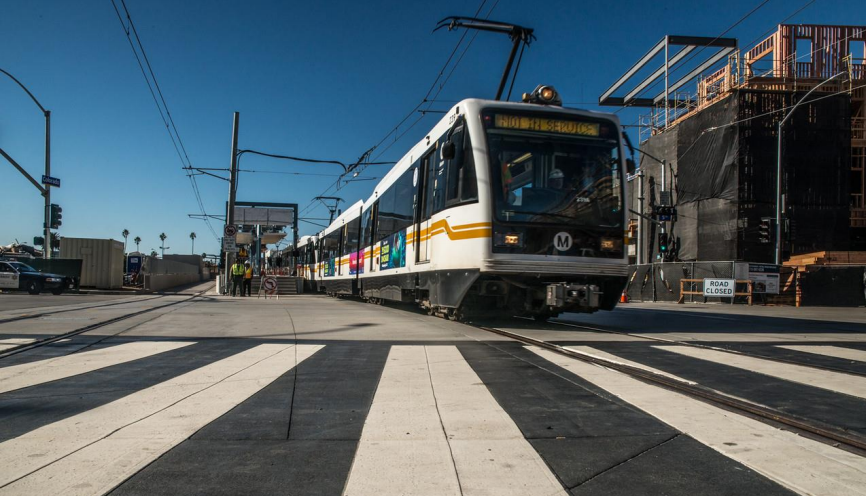
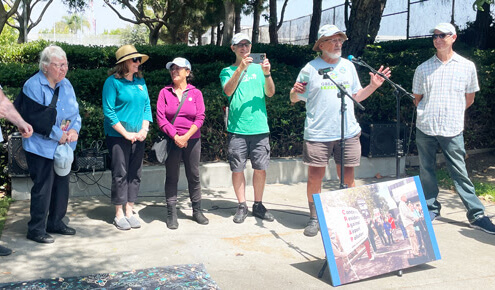




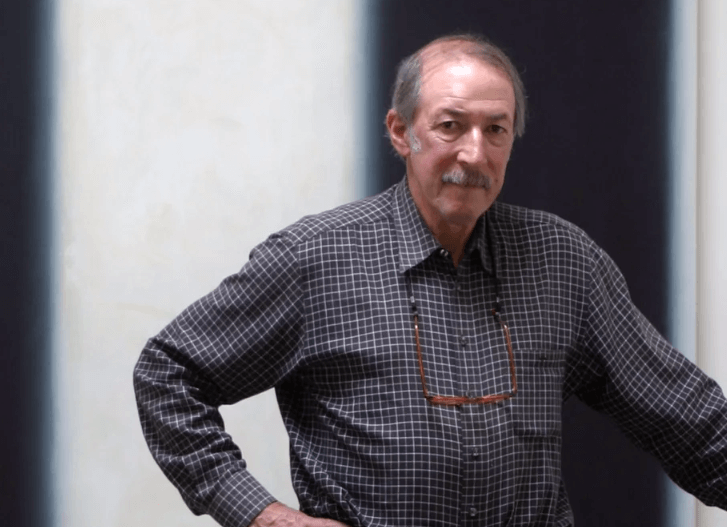
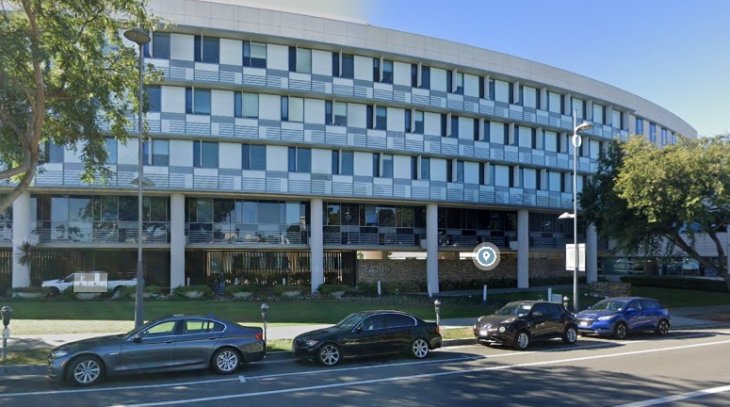
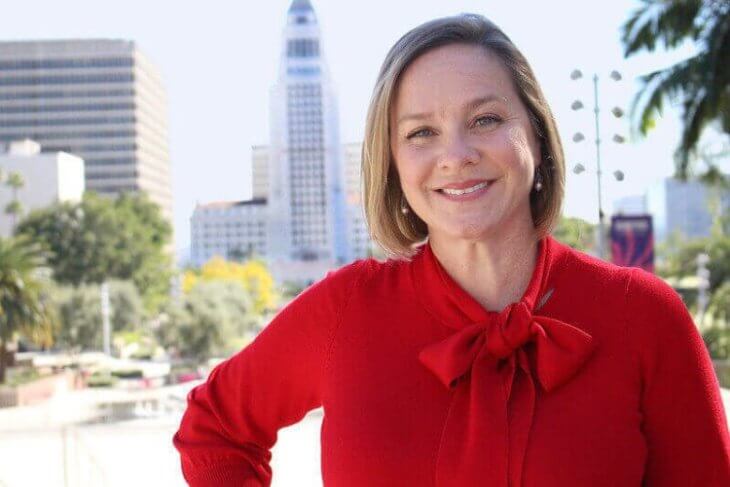



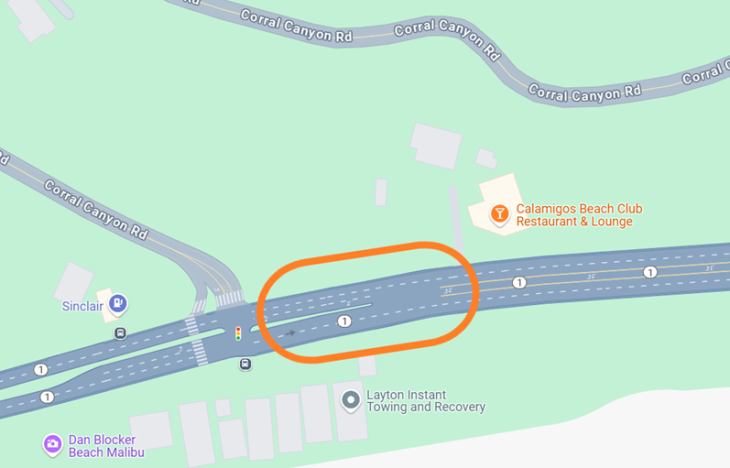
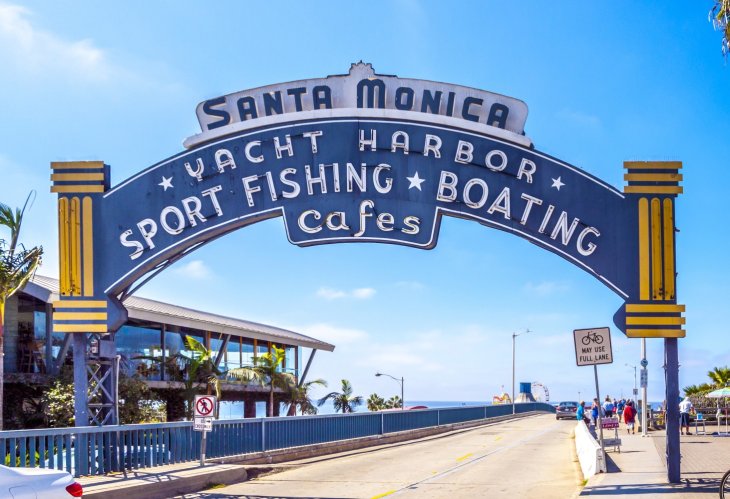











You must be logged in to post a comment.